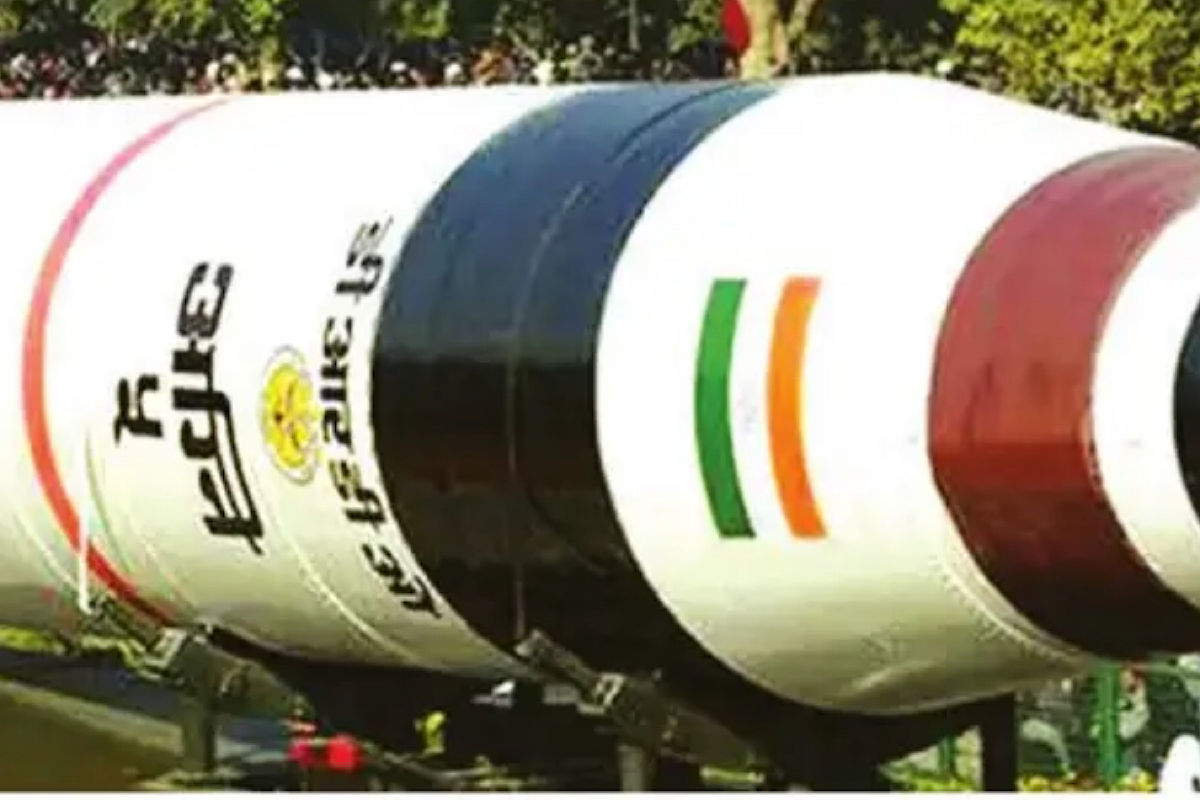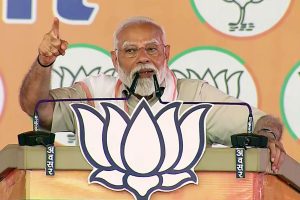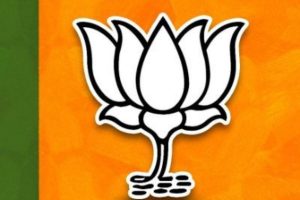Last week Prime Minister Modi announced the success of Project Divyastra, which was the launching of the indigenously developed Agni 5 missile with ‘Multiple Independently Targetable Re-entry Vehicle (MIRV )’ technology. His announcement came on X (formerly Twitter). He tweeted, “Proud of our DRDO scientists for Mission Divyastra, the first flight test of indigenously developed Agni-5 missile with MIRV technology.” This launch placed India in a select group of nations which possess this capability. It added a credible milestone to India’s strategic response capability.
The last time that PM Modi had made a similar announcement was post the successful conduct of the anti-satellite (ASAT) test on 27 March 2019, termed as Mission Shakti. He had then stated “With this, India has entered its name as an elite space power.” The Lok Sabha elections of 2019 were scheduled to commence on 11 April that year, within a fortnight of the test. Akin to 2019, this year also the launch was conducted around the time of announcement of elections. The opposition criticized the government for the same. As in 2019, the MIRV test opened doors for discussion on whether the Agni 5 launch was intended to boost the BJP’s vote bank in the forthcoming elections. Journalist Rohini Singh tweeted, “It’s going to take more than a missile test to divert attention from #ElectoralBonds. There is only so much NOIDA anchors can speak on it.”
The Congress spokesperson, Jairam Ramesh, tweeted, “Agni 5 with an announced 5,000 km range was first test fired on 19 April 2012. This led to the Manmohan Singh Government clearing the development of MIRVs for Agni 5 – which has today been test fired successfully.” While the current government credited scientists, the opposition felt otherwise. As the electoral battle commences, the Agni 5 test would be projected in some manner to display the government’s success in India’s growing military power. The firing of the Agni 5 has changed the regional landscape. A week prior to the test, the government had issued a NOTAM (Notification to Airmen), which is a warning in advance of a possible missile test. It was for the Bay of Bengal for dates between 11 to 16 March and covered a designated area of 3500 km. This implied a long-range missile launch.
Initial rumours indicated that it would possibly be a K-4 (nuclear capable submarine launched missile) test. The issue of the NOTAM led to China rushing a research vessel, Xian Yang Hong 01, to the region to monitor the test. It was deployed off the coast of Visakhapatnam, in international waters, and monitored by the Indian navy. This displays China’s concern, especially when the Global Times mentions that ‘India’s main hypothetical enemy is China.’ Pakistan had conducted an MIRV missile test about three years back, which failed. The range of the Agni 5 ICBM (Inter Continental Ballistic Missile) has been announced as 5,000 km but is likely extendable to 8000 km. This would bring all of China within its ambit, adding to deterrence.
Its precision at the target end is another key factor. MIRV technology implies mounting and launching multiple warheads on a single missile. These would need to be miniaturized, equipped with independent guidance and navigation controls. Each warhead can be programmed to hit a different target or the same in succession, ensuring desired damage. The Agni 5 is designed to carry four to six warheads, as compared to 8 to 10 of other nations. Thus, the number of missiles to be launched to achieve desired results will be reduced. Conducting the test without miniaturizing warheads has little meaning.
Hence, the test would have been done after the desired warhead technology would have been achieved. Thus, once scientists are satisfied with the test results, the missile could come into production. The number of nuclear warheads in the Indian inventory had remained stagnant over the years. With the induction of Agni 5, these would need to be increased. Multiple warheads on a single missile can effectively penetrate the enemy’s missile defence systems. A separate input mentions that India is simultaneously developing smart decoys capable of fooling Ballistic Missile Defence systems and sensors.
In recent times, the Indian government has not hesitated to respond effectively to threats facing the nation, which makes deterrence capability credible. The successful launch of the Agni 5 also needs to be linked to the Indian government considering the creation of an Integrated Rocket Force (IRF). The current range of rockets and guns of the Indian artillery cater to the needs of the tactical commander, while the IRF would be designed for influencing the battle at the operational level.
The Strategic Forces Command will remain the arsenal for the strategic battle, of which the Agni 5 will form a part. Currently, the US, UK and France have MIRV technology on their SLBMs (Submarine Launched Ballistic Missiles). Russia possesses the technology on both SLBMs and ICBMs. China possesses it for its ICBMs. From this would flow the future intent of the DRDO. It would first aim to increase the number of warheads on a single missile from the current four to six to possibly eight to ten. Secondly, it would seek to develop the capability for SLBMs, thereby making the triad complete. Thirdly, to extend the range of the Agni missiles to 10,000 Kms or more.
Finally, would be to boost the country’s anti-missile shield while enhancing the capability of our own Agni missiles to bypass the enemy’s missile shield. India is not a member of any alliance and hence has to fight and win wars on its own. It also has to prepare for threats of the future, where deterrence is essential to ensure peace. It is only nuclear counter-strike capabilities, in range, technology and intent that the government can project as a credible deterrence, sending a firm message to its adversaries to ensure that their misadventures remain localized and conventional, which India possesses the capacity to counter.
The Indian missile programme has been a success story. The Agni 5 is the latest in the series of DRDO’s missile arsenal and would be a precursor to those with longer ranges, greater destructive power with better accuracy. As India’s military capability enhances, the approach of its neighbours will change.
(The writer is a retired Major-General of the Indian Army.)











